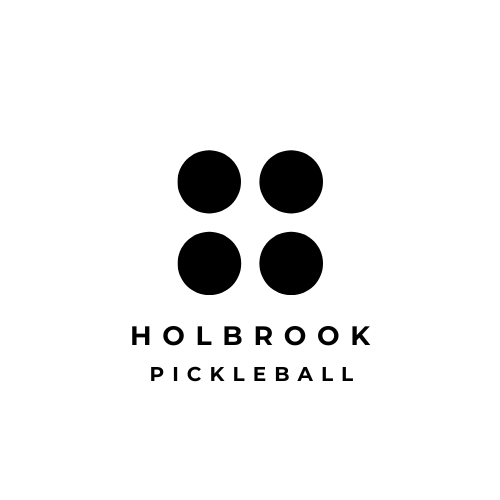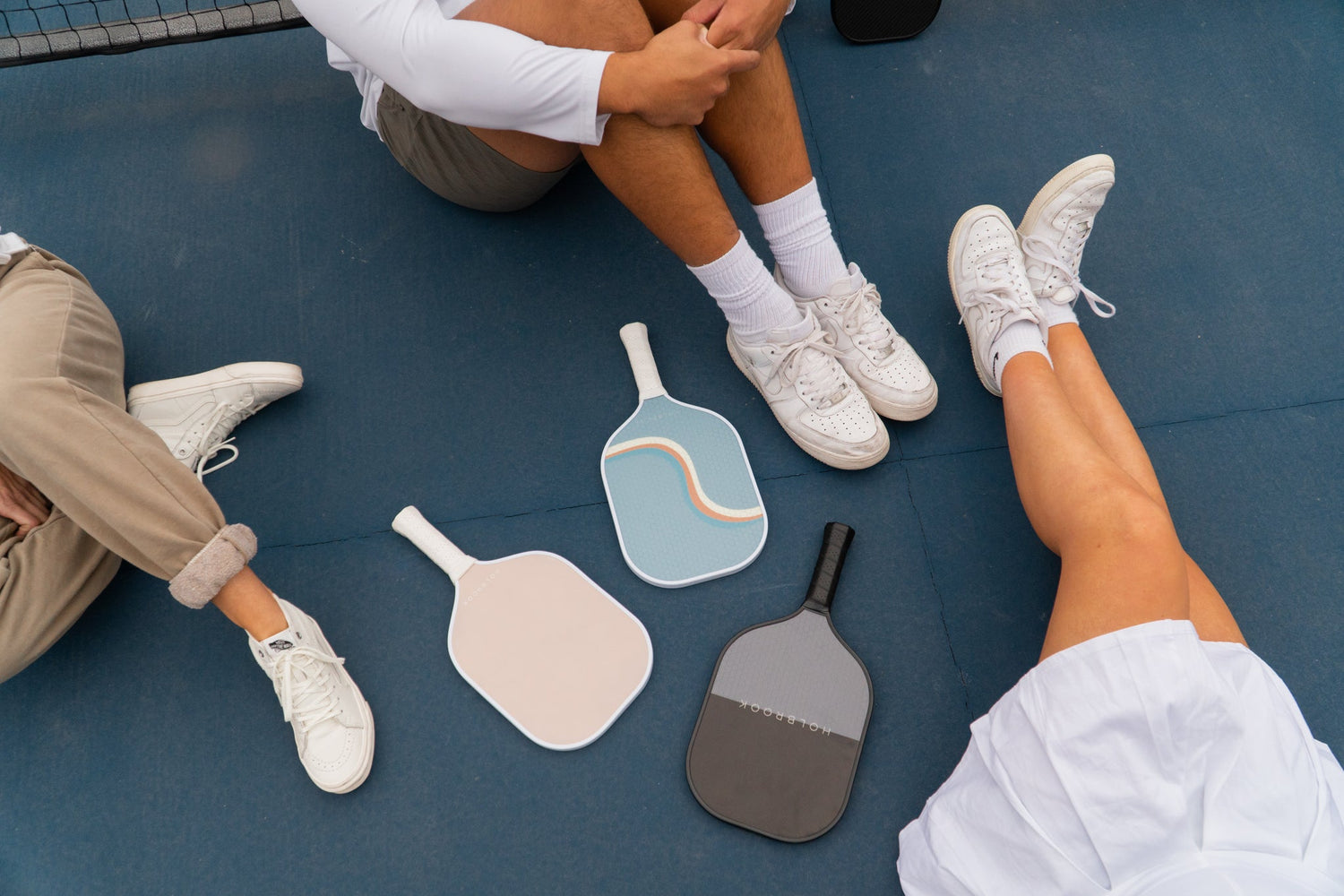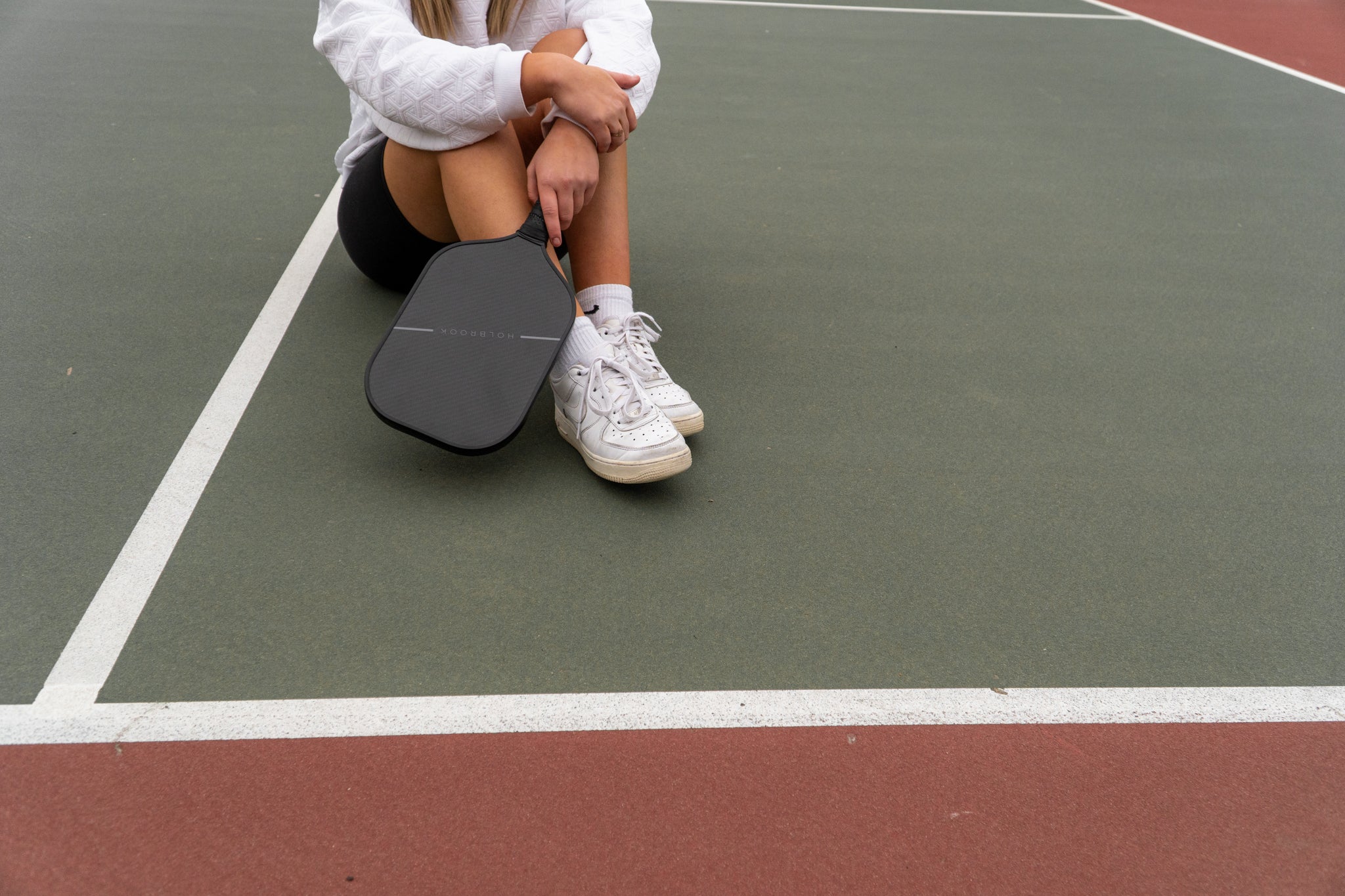Pickleball Strategy 101
Like any sport, the key to advancing in skill in pickleball is developing a strong strategy. Players grow by taking in as many little tactics and tidbits of advice they can get their hands on and applying them to their own game, constantly taking notes in their playbook and using experiences, good or bad, to their advantage.
While there is no perfect way to teach players how to develop their strategies—everyone is unique, after all—there are a few tried-and-true pickleball strategy and tactics that can be used to elevate your game above your opponent’s.
Singles Strategies
Playing singles gives you more control of the court, but it also means you must rely on yourself to win points. Most singles strategies aren’t just for singles players, but they do work whether you have a partner at your side or not. When you’re alone on the court, having a great strategy to back you up can give you as much of an advantage as having another person watching your back.
1. Serve deep and to your opponent’s backhand.
The best place to hit a serve is as deep as possible and to your opponent’s backhand. Not only will they then be pushed back from the Non-Volley Line (NVL), but backhands are typically harder to return than forehands—you’ll immediately have the advantage.
2. Get to the Non-Volley Line (aka the Kitchen Line) ASAP—and stay there.
Once you’re at the NVL, do everything you can to stay there. While you can’t exactly help it if your opponent is partial to lobs, players who leave the line are much less likely to recover a point.

3. Know the different types of hits.

There are other types of shots beyond these two (lobs, drop shots, etc.) that are worth learning, but in pickleball most rallies will eventually become a trading of dinks before one player becomes confident enough to hit a drive.
4. Be confident in where you place your shot.
Even if you might not have chosen the best spot to aim (which, again, gets easier with time), hitting the ball over the net and in the court is always better than fumbling and losing a point for no reason.
Doubles Strategies
Most singles strategies work in doubles, too: serving deep, remaining confident, and getting to the NVL and staying there. There are some tactics, though, that work particularly well in doubles matches.
1. Poaching, or dealing with poachers
Poaching is where one doubles partner who is closer to the NVL line jumps in front of the other to return a ball, which then catches the other team off-guard. This is a great strategy for quickly gaining the upper hand, but only if you’re in the position to do so. The timing must be perfect, and you should be pretty confident with charging the net.
Alternatively, if the opposing team tends to poach, you can combat their strategy by simply hitting to the player who keeps poaching. While they can still volley back, they won’t be able to catch you off-guard since you’d still be the one controlling the point.
2. Communicate with your partner
Communication is arguably the toughest part of being a doubles player. While having an extra player on your side of the court means you have someone to rely on and watch your back, it also opens the opportunity for you to get in each other’s way or miscommunicate a play.
Part of this strategy is simply finding someone you work well with and like to play alongside, but it also takes intentionality. Figure out a few basic callouts with your partner to make sure you both stay on the same page even in the middle of a rally. Work on knowing where your partner is on the court at all times so that you know where you need to be.
3. Move as a unit.
One easy way to keep out of each other’s way and keep no part of the court undefended is to move with your partner. If they have to rush the net, rush with them. If they have to move to a far side of the court, move with them so that you can still cover as much of the open area as possible.
4. “Down the middle solves the riddle.”
This popular pickleball rhyme rings true, as aiming for the middle line of the court (and especially in the non-volley zone) gives the greatest margin for error. The middle of the net is also the lowest, and it’s much harder to hit the ball out if you’re smashing it toward the center of the court.
This strategy works especially well in doubles. If your opponents have left the middle unguarded, you have a chance of hitting the ball right past them. Or, they could hesitate by thinking the other will go for the ball and miss it altogether. Either way, hitting down the middle is a good way to recover from a hard rally or try and catch the other team off-guard.







